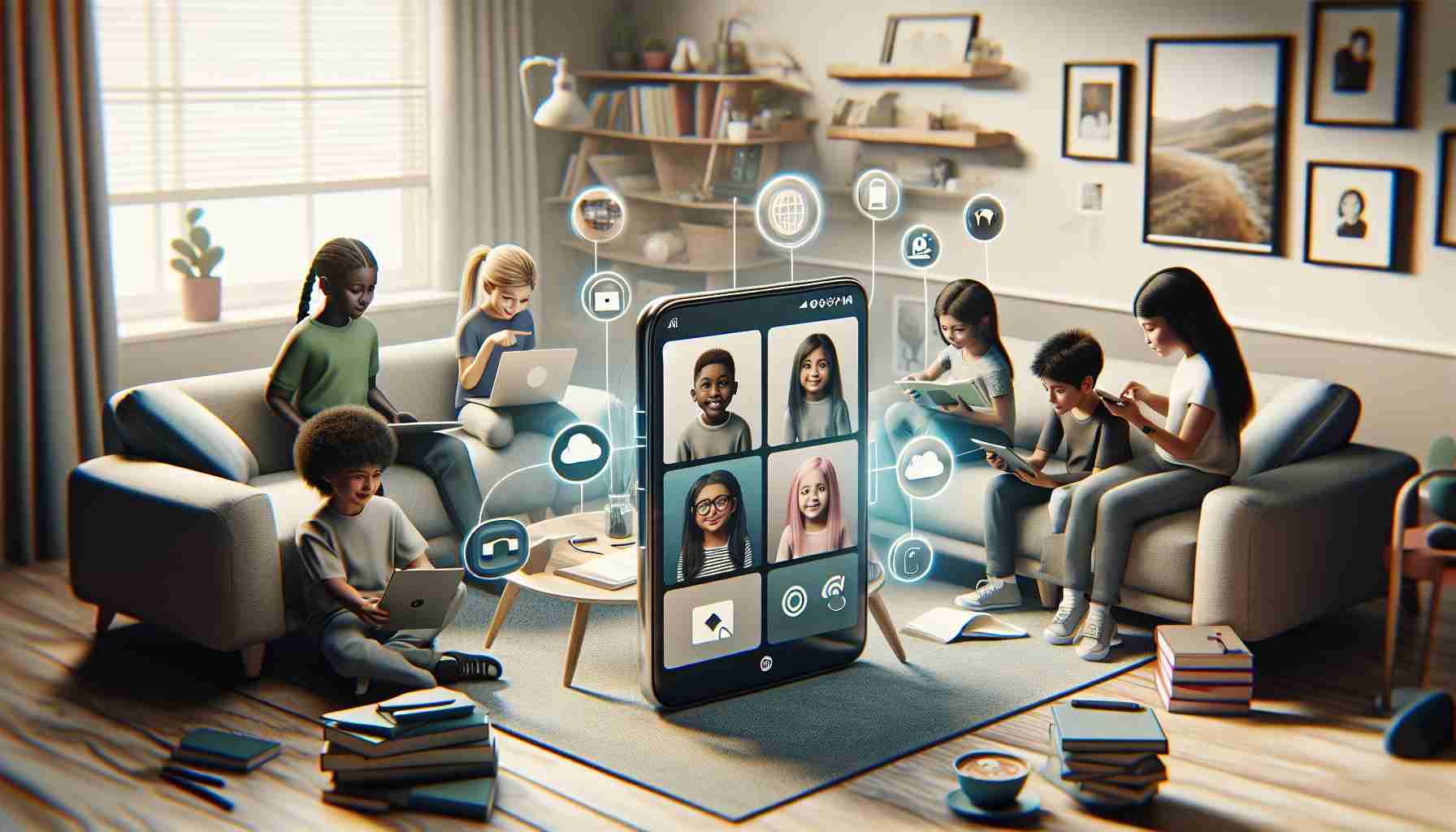Child welfare facilities are tackling the digital gap by providing smartphones to high school students under their care, recognizing the vital role these devices play in modern communication. A stark contrast exists between the general high school population, where virtually all students possess smartphones, and the lower 69.3% ownership rate among students from child welfare facilities. Financial constraints and the lackcrease of adult supervision for contractual agreements are primary barriers to smartphone acquisition for these youths.
Efforts to Provide Connectivity to Disadvantaged Teens
The financial responsibility of smartphone expenses often falls on the high school students living in welfare facilities. While typically parents bear this cost for most high schoolers, 87% of youths in welfare institutions are financing their communication needs independently due to the absence of parents or economic difficulties.
Innovative Programs Enhance Access and Affordability
Innovative initiatives, such as those by Kameyama Gakuen in Kagawa Prefecture, have been instrumental in overcoming these challenges. The child welfare facility has adopted Rakuten Mobile’s corporate services to facilitate smartphone contracts under the facility’s name, circumventing the need for parental consent. This approach has removed significant obstacles, allowing children in welfare facilities to own smartphones freely.
Adoption of Rakuten Mobile’s corporate plans has also enabled institutions like Tenri Yotokuin in Nara Prefecture to offer affordable and ample data plans. As a result, teens who once had to manage with limited data can now enjoy extensive mobile access, improving their ability to interact and participate in school activities.
Rakuten Mobile emphasizes simplified contract management and cost-effective options through their corporate services, significantly reducing initial outlays and enabling facilities to monitor and optimize each child’s phone usage effectively. These holistic strategies by Rakuten Mobile are creating a more inclusive digital environment for teens living in child welfare facilities, ensuring they stay connected in the digital age.
Key Challenges and Controversies:
The challenges faced in providing advanced mobile solutions to foster care include the financial burden and the lack of parental guidance, which is a pre-requisite for obtaining a mobile plan. Additionally, the varying quality of internet access across different regions can exacerbate the digital divide. There are also concerns about protecting young users from the potential dangers of online exploitation, cyberbullying, and exposure to inappropriate content.
Controversies may arise around the appropriate age for granting mobile device access, the types of available controls to ensure safety, and the extent to which privacy should be maintained for foster youths while keeping them safe online.
Advantages:
The advantages include improving communication between foster youths and their peer groups, educators, and potential employers. It also helps in keeping them abreast with educational resources and technological competencies that are essential in today’s world. Providing smartphones assists in fostering a sense of normalcy and inclusion among foster teens who may otherwise feel marginalized due to their socioeconomic status.
Disadvantages:
Among the disadvantages there is the risk of dependency on digital devices, which can lead to a potential increase in screen time and its associated issues, such as eyestrain, sleep disturbances, and reduced physical activity. There could also be instances of misuse of the internet for inappropriate activities or being targeted by online predators. Further, managing and monitoring the use of these devices by a large number of children can be challenging for child welfare facilities.
Related Links:
For more information on topics related to technology access, mobile solutions, and bridging digital divides, you can visit the following websites:
– UNICEF: works to promote the rights and well-being of every child, focusing on reaching the most vulnerable and excluded children, including initiatives to bridge digital divides.
– Save the Children: an organization that invests in childhood and works to ensure every child’s right to grow up healthy, educated, and safe.
– Rakuten: a global leader that offers various services, including mobile services similar to those mentioned in the article.
Remember that providing equitable access to technology for foster care youths is an important step in guaranteeing that all children, regardless of their background, have the means to succeed and thrive in an increasingly digital society.
